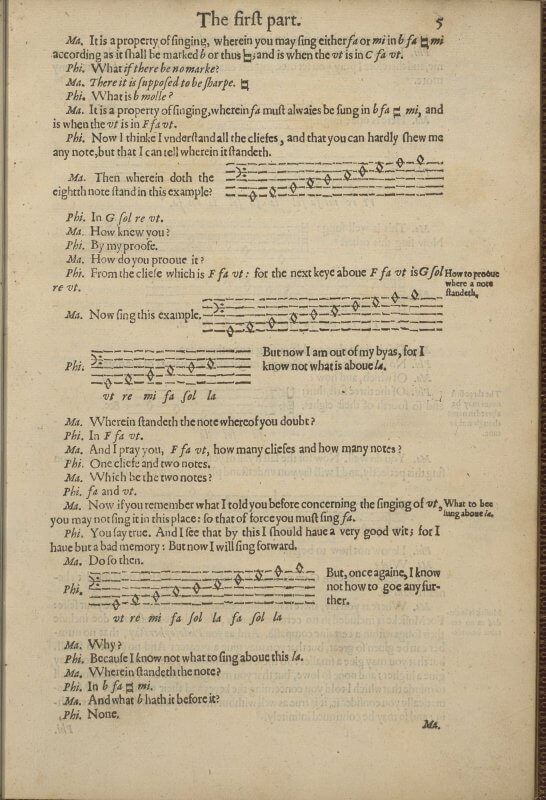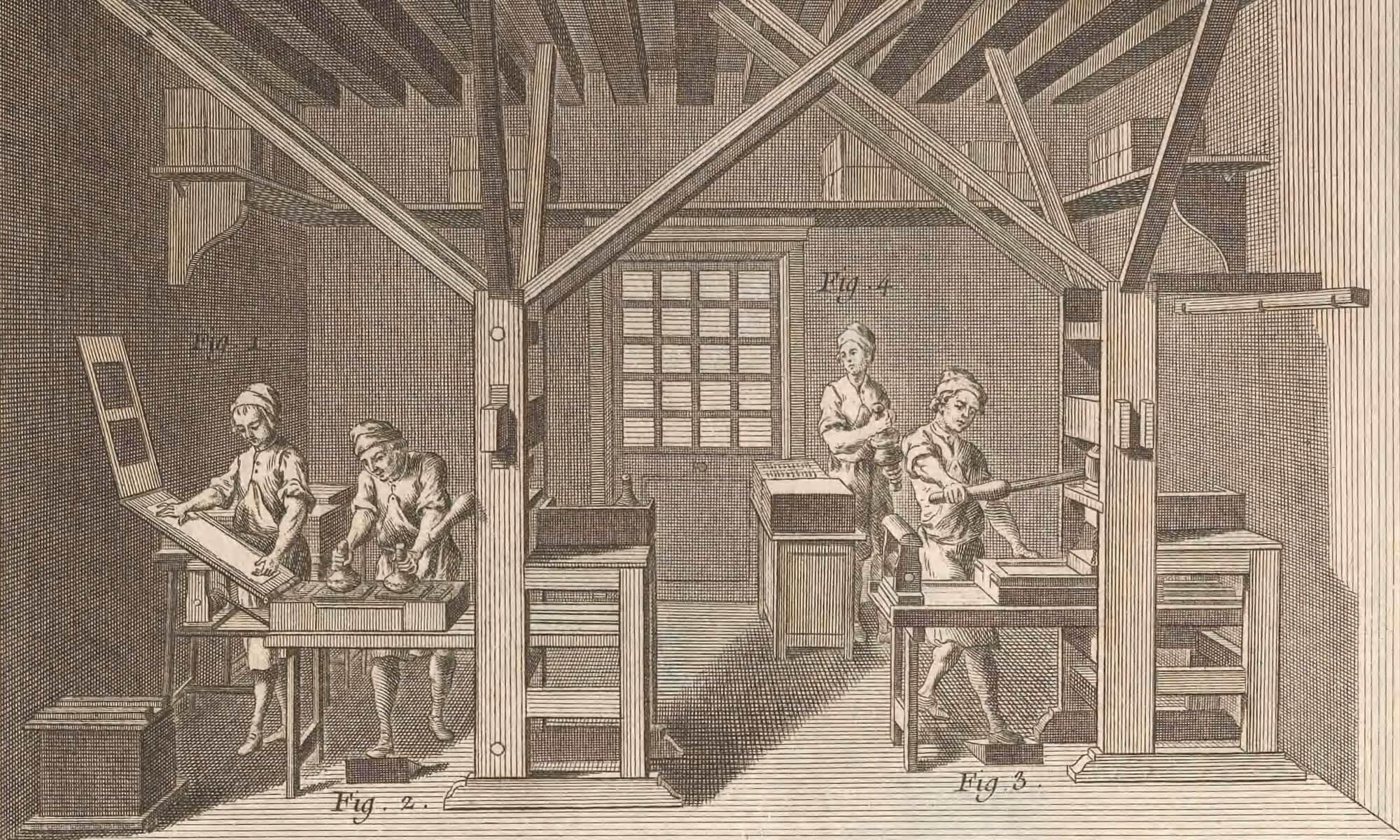Catalogue of the Faculty of Advocates, 1742 (K1r)
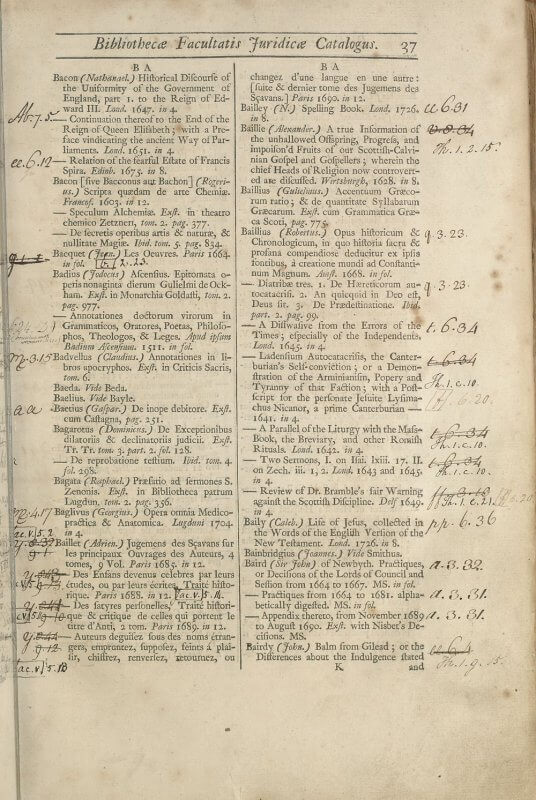
Cato, Moral distichs, 1735 (A1v-A2r)

Dodoens, Cruydt boeck, 1618 (Y4v)
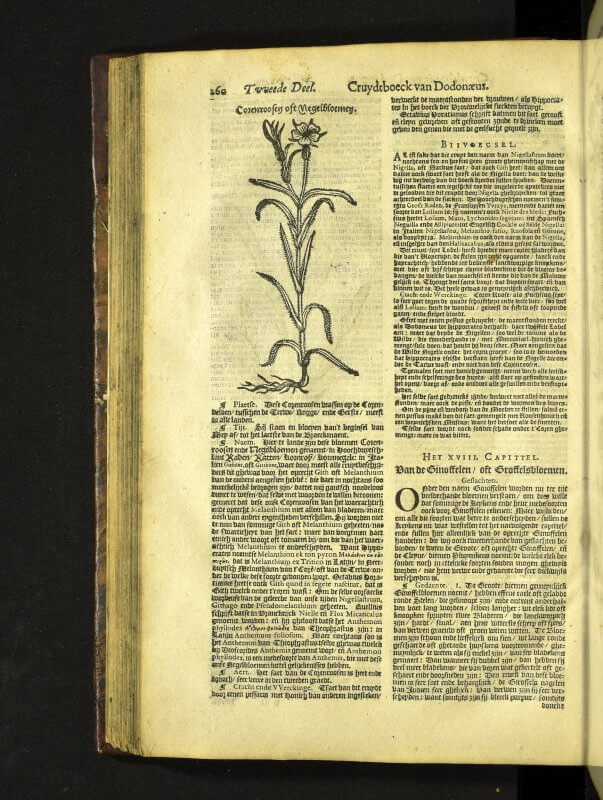
Dodoens, Florum, 1568 (C8v)

Febrés, Arte de lengua de Chile, 1765 (2A4r)
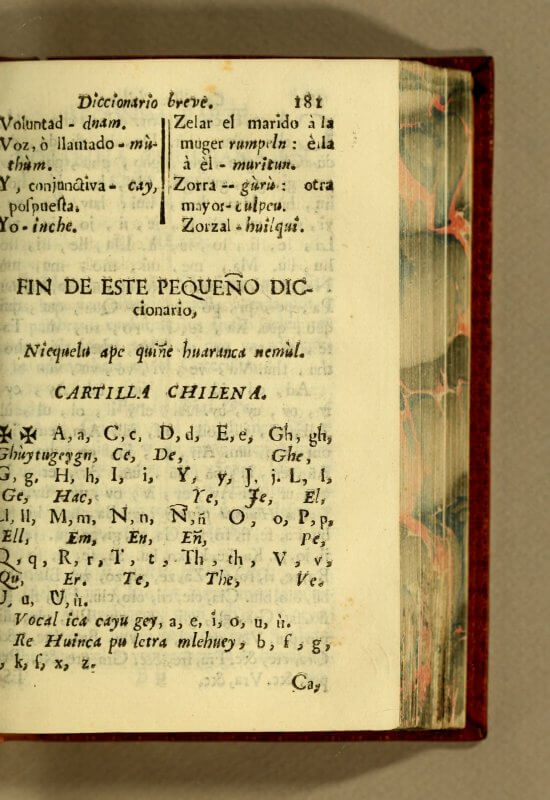
Gerard, Herball, 1633 (4y2r)
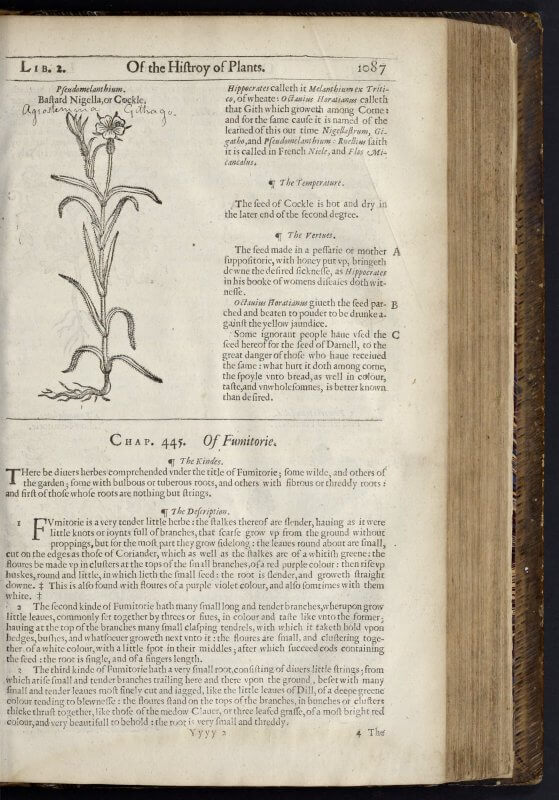
Hobart, Reports, 1724 (K4v)
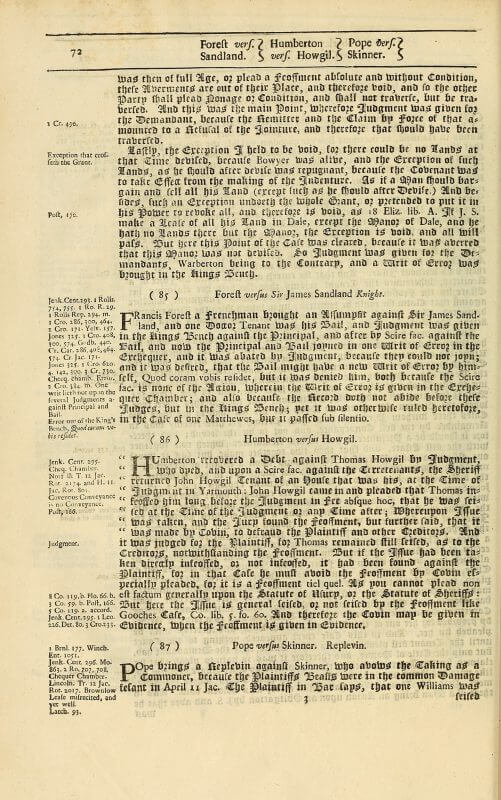
Holinshed, Chronicles, 1577 (b2v)
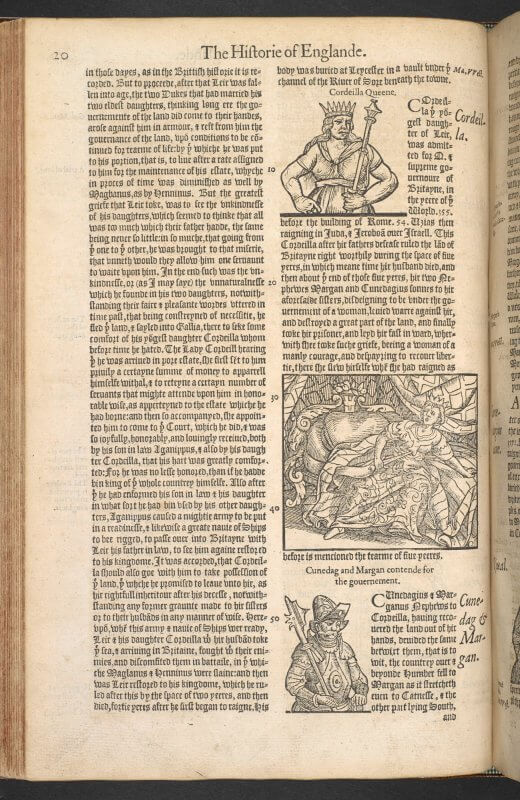
More, Utopia, March 1518 (b2v)

Morley, Introduction to practicall musicke, 1608 (B4r)
